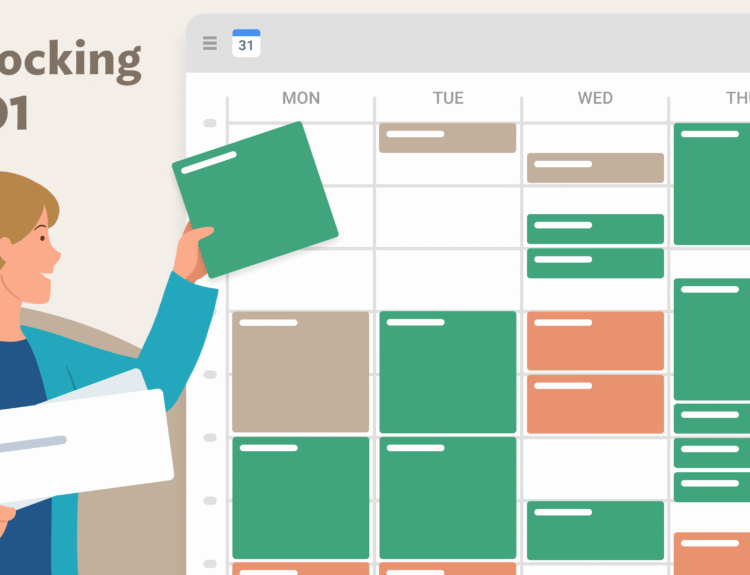Life is unpredictable, and difficult moments are inevitable—whether it’s stress at work, personal setbacks, health struggles, or global uncertainties. While we can’t always control what happens to us, we can control how we respond.
A positive mindset doesn’t mean ignoring problems or pretending everything is fine. Instead, it’s about building resilience, finding hope, and focusing on solutions even when circumstances are tough.
In this blog, we’ll explore practical, science-backed strategies to help you stay positive, emotionally strong, and mentally balanced during hard times.
Why a Positive Mindset Matters
Research shows that maintaining a positive outlook:
✔ Reduces stress and anxiety (Harvard Medical School)
✔ Strengthens the immune system (Mayo Clinic)
✔ Improves problem-solving and creativity (Barbara Fredrickson’s “Broaden-and-Build” Theory)
✔ Increases resilience—helping you bounce back faster from setbacks
The good news? Positivity is a skill you can develop. Here’s how.
1. Reframe Negative Thoughts
Why It Works:
Our brains have a “negativity bias”—we remember bad experiences more than good ones. But by consciously reframing thoughts, we can shift our perspective.
How to Do It:
- Challenge negative self-talk: Instead of “I can’t handle this,” try “This is tough, but I’ve overcome challenges before.”
- Ask yourself: “What’s one good thing about this situation?” (Even small silver linings count.)
- Use the “3 C’s” method:
- Catch the negative thought.
- Check if it’s really true.
- Change it to a more balanced view.
Example:
- Negative thought: “Everything is going wrong.”
- Reframed thought: “Some things are hard right now, but not everything is bad. I still have __ [support, health, opportunities].”
2. Practice Gratitude (Even for Small Things)
Why It Works:
Gratitude rewires the brain to focus on what’s good, reducing stress and increasing happiness (UC Berkeley research).
How to Do It:
- Keep a daily gratitude journal (write 3 things you’re thankful for).
- Say “thank you” more—to others, yourself, or even for simple things like a sunny day.
- Try the “But I’m Grateful For” exercise:
- “I’m stressed about work… but I’m grateful I have a job.”
- “I’m tired… but I’m grateful I have a bed to sleep in.”
Pro Tip:
On really hard days, find one tiny thing to appreciate—a warm drink, a kind text, or a deep breath.
3. Limit Negative Inputs
Why It Works:
Constant exposure to bad news, toxic people, or social media comparisons drains mental energy. Protecting your mind is key to staying positive.
How to Do It:
- Set boundaries: Mute negative social media accounts, limit news consumption.
- Surround yourself with uplifting content (podcasts, books, inspiring stories).
- Spend less time with chronic complainers—emotions are contagious!
Pro Tip:
Try a “mental diet”—for one week, avoid negativity and see how your mood improves.
4. Focus on What You Can Control
Why It Works:
Worrying about things outside your control increases helplessness. Shifting focus to actionable steps restores a sense of power.
How to Do It:
- Make a list:
- What I CAN control (my actions, attitude, self-care).
- What I CAN’T control (others’ opinions, past mistakes, global events).
- Spend energy only on the first list.
Example:
- Can’t control: A job layoff.
- Can control: Updating your resume, networking, learning new skills.

5. Use Positive Affirmations (The Right Way)
Why It Works:
Affirmations reinforce self-belief—but only if they’re realistic and meaningful (per Psychology Today).
How to Do It:
- Avoid generic phrases like “I’m perfect!” (your brain won’t believe it).
- Instead, use empowering yet believable statements:
- “I am capable of handling challenges.”
- “I choose to focus on progress, not perfection.”
- Repeat them daily (morning/night) with conviction.
Pro Tip:
Write affirmations on sticky notes and place them where you’ll see them often.
6. Embrace the Power of “Yet”
Why It Works:
Adding “yet” to negative thoughts fosters a growth mindset (Carol Dweck’s research).
How to Do It:
- “I don’t understand this… yet.“
- “I haven’t reached my goal… yet.“
- “Things aren’t better… yet.“
This small word reminds you that struggles are temporary.
7. Help Someone Else
Why It Works:
Helping others reduces rumination, boosts mood, and creates purpose (Harvard Study).
How to Do It:
- Volunteer (even virtually).
- Compliment a stranger.
- Donate unused items.
Pro Tip:
Kindness doesn’t have to be big—small gestures matter (e.g., texting a friend to check in).
8. Move Your Body
Why It Works:
Exercise releases endorphins (natural mood lifters) and reduces stress hormones.
How to Do It:
- Dance to your favorite song.
- Take a 10-minute walk.
- Stretch or do yoga.
Pro Tip:
Pair movement with positivity—listen to uplifting music or a motivational podcast.
9. Consume Uplifting Stories
Why It Works:
Hope is contagious. Reading/watching stories of resilience (e.g., biographies, documentaries) reminds you overcoming struggles is possible.
How to Do It:
- Watch TED Talks on resilience.
- Read books like “The Happiness Advantage” by Shawn Achor.
- Follow inspiring social media accounts.
10. Remind Yourself: “This Too Shall Pass”
Why It Works:
Ancient wisdom and modern psychology agree—no emotion or situation lasts forever.
How to Do It:
- When overwhelmed, pause and say: “This is temporary.”
- Recall past hardships you’ve overcome.
Pro Tip:
Create a “resilience playlist” of songs that remind you of strength.
Final Thought: Positivity Is a Practice
A positive mindset isn’t about denying pain—it’s about choosing hope, action, and self-compassion amid challenges. Start with one or two strategies, be patient with yourself, and remember:
“You may not control all the events that happen to you, but you can decide not to be reduced by them.” — Maya Angelou
Which strategy will you try first? Share in the comments! 💛







